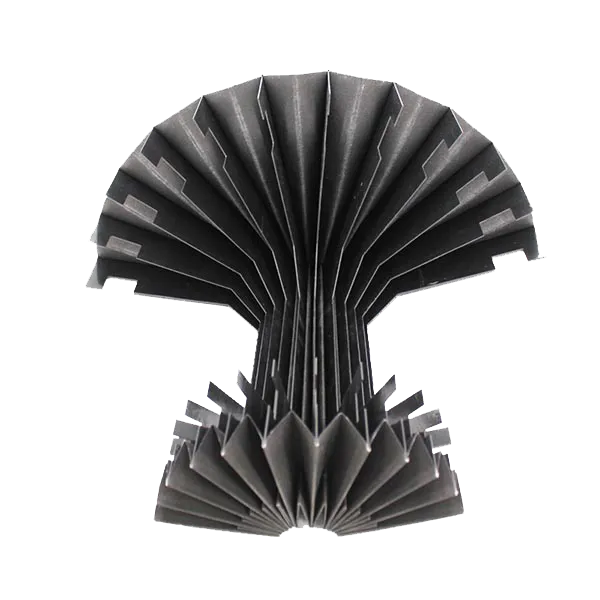split tubing
Understanding Split Tubing Applications, Benefits, and Considerations
Split tubing, also known as split wire loom, is a versatile protective covering used in various industries, including electronics, automotive, and home improvement. Designed to safeguard wires and cables from abrasion, heat, and environmental damage, split tubing has become an essential component in ensuring the longevity and functionality of electrical systems. This article delves into the aspects of split tubing, including its applications, benefits, and important considerations when choosing the right type for your project.
What is Split Tubing?
Split tubing is typically made from materials such as polyethylene, nylon, or PVC. Its most distinctive feature is a longitudinal slit along its length, allowing it to be easily wrapped around existing wiring without the need to remove connectors. This makes installation straightforward, efficient, and time-saving. Split tubing is available in various diameters and lengths, catering to different cable sizes and applications.
Applications of Split Tubing
1. Automotive In the automotive sector, split tubing is commonly used to wrap electrical wiring and cables. It protects against abrasion from moving parts and harsh environments, such as heat and chemicals. The rugged nature of split tubing ensures that sensitive wiring remains intact, reducing the risk of electrical failures or shorts.
2. Electronics In consumer electronics, split tubing is utilized to organize and protect internal wiring in devices like computers, televisions, and appliances. This not only enhances the product’s aesthetic appeal but also prevents wear and tear that could lead to malfunction.
3. Home Improvement DIY enthusiasts and professionals often use split tubing to protect electrical cables in home projects. Whether it’s running new wiring for a light fixture or securing cords behind entertainment systems, split tubing helps maintain a tidy appearance while safeguarding cables from damage.
4. Industrial In industrial settings, split tubing is essential for protecting cables in machinery and heavy equipment. The abrasive environment of factories and production lines necessitates robust solutions to prevent wire damage.
Benefits of Split Tubing
1. Protection One of the primary advantages of split tubing is its ability to protect wires and cables from physical damage. It acts as a barrier against abrasion, reducing the risk of frayed wires, which can lead to electrical shorts and system failures.
split tubing

2. Improved Organization Split tubing can help organize multiple wires into a cohesive bundle, making systems easier to manage and troubleshoot. This is particularly beneficial in complex setups where numerous cables intersect.
3. Heat Resistance Many types of split tubing are designed to withstand high temperatures, which is crucial in environments where heat build-up may be a concern. This thermal resistance helps ensure that the integrity of the wires is maintained.
4. Easy Installation With its split design, split tubing can be conveniently placed over wires after they are already installed. This feature significantly reduces the time and complexity of cable management tasks.
5. Cost-Effectiveness Given its protective qualities and durability, split tubing can be a cost-effective solution in both short-term and long-term projects. By preventing potential damage to wiring, it ultimately saves on maintenance and replacement costs.
Considerations When Choosing Split Tubing
When selecting split tubing, several factors should be considered
1. Material Different materials have different properties, including flexibility, temperature resistance, and UV stability. Choose a material that suits the specific conditions of your application.
2. Diameter Ensure the tubing diameter is appropriate for the wires or cables it will cover. A snug fit is important for optimal protection.
3. Length Consider how much tubing is needed for your project. It is often sold by the foot, so keep your measurements in mind.
4. Environmental Conditions Consider where the split tubing will be used. If exposed to harsh conditions, ensure you select a type that can withstand such environments.
In conclusion, split tubing is an invaluable asset across many applications, providing protection, organization, and a neat appearance to electrical systems. By understanding its benefits and carefully considering the right type for your needs, you can enhance the reliability and aesthetics of your cable management solutions.








